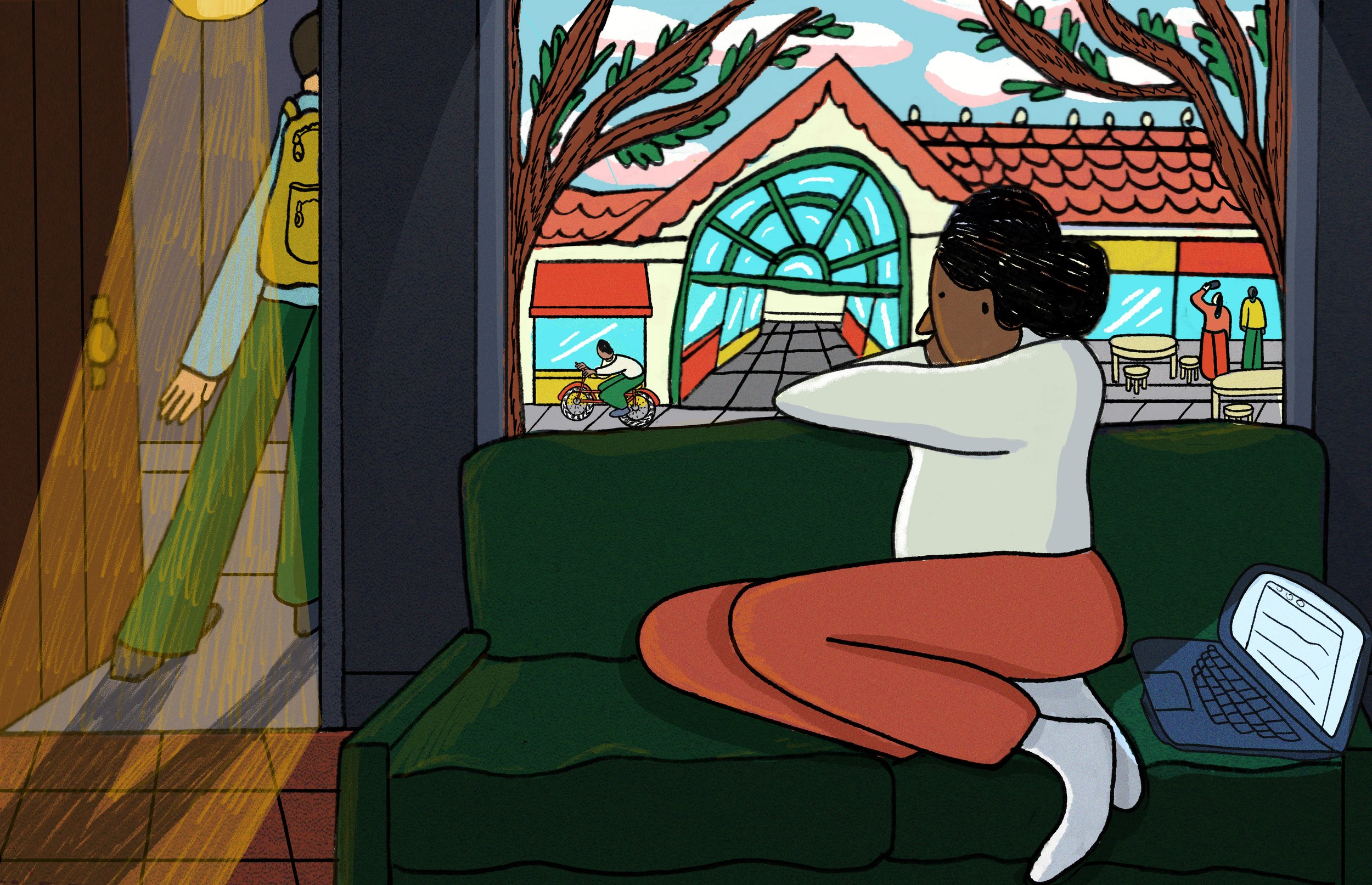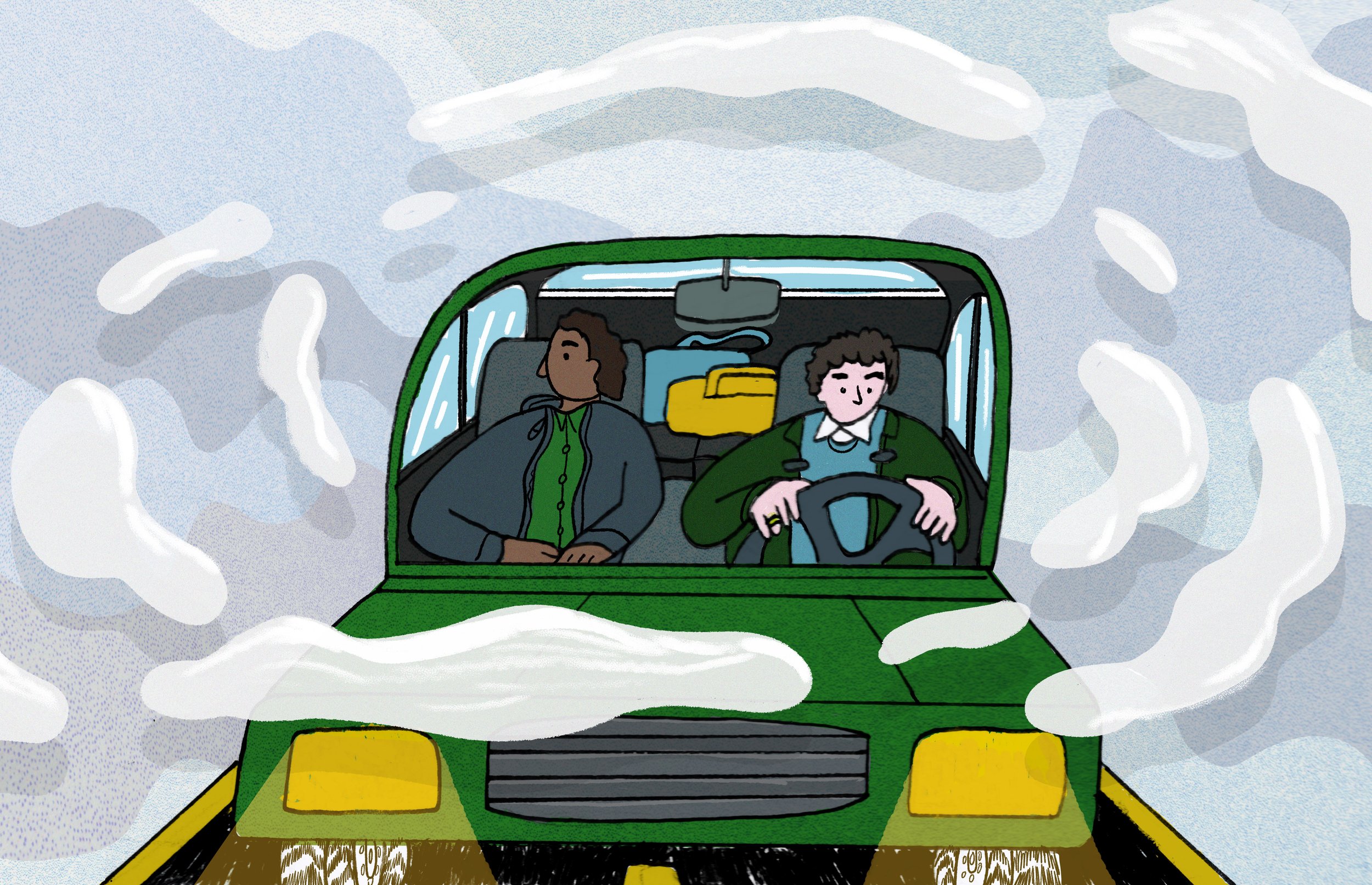5 a.m. in Topaz

5 a.m in Topaz is still dark in the rainforest, even though the sky is growing light above the sugar cane paddocks and dairy farms. The sun has yet to clear the blade of Mount Bartle Frere, Queensland's tallest mountain, named after a 19th-century colonial administrator who served in India and South Africa but never set foot in this country. The Ngadjon people call the mountain Chooreechillum. They say it is a place where spirits go to be reborn.
I have climbed Chooreechillum. It was a long time ago, when I could still scramble over granite boulders, push my way through the fish-hook thorns of lawyer vines (they never let go), and deal with leeches that looped over my boots. I climbed up through the tunnel of rainforest to emerge onto the summit surrounded by wind-sculpted trees and clouds gilded from above. But this is a different time.
It is different because my body no longer does all I ask of it. I could tell myself the mountain is steeper and higher (it isn't), and the way to the peak has been reclaimed and barricaded by rainforest and tea-tree heath (it has), but the problem lies with me. Chooreechillum is eternal; I am ephemeral.
So now I take the easy ways through the rainforest—the red dirt paths hidden beneath fallen leaves, stepping over snaking buttress roots and watching for the heart-shaped, heart-stopping leaves of stinging trees.
On these early morning walks, I wait until my eyes have grown accustomed to the not-darkness not-dawn beneath the canopy. No flashlight, because a flashlight commands attention. The rainforest is more than an illuminated oval at my feet. It is in front of me, and behind, and above me, and below. It extends back in time, shaped by geological forces and evolutionary processes. It reaches forward in time, fractured and fragmented by chainsaw and bulldozer, and by the coming heat and climate instability. But here at the foot of Chooreechillum, for the moment, it is calm and poised.
At 5 a.m., the night sounds fade. Katydids whirr, crickets pulse, their calls becoming less impassioned as the forest lightens. Water expelled from leaves taps out a polyrhythm. The day sounds begin.
The first birds are gangs of chowchillas with quickfire rowdy chants, declaring ownership as they move through the forest. Grey-headed robins whistle in triplets. Then, when the sun begins to tile the track, spotted catbirds engage in strange duets. They sound like yowling cats imagined on a synthesizer. Each of them sings to the day in its own way, at its own time.
Beyond the forest's margins, trucks growl along the dirt road, carrying cattle and machinery between farm and town. Like the birds, humanity has its own way of marking the day's beginning. 5 a.m. belongs to nature, but now the song is one of engines and exhausts. I walk back to join the human chorus. I am on the outside again.
About the Author
Bronwen Scott is a biologist who writes about the natural history of rainforests, deserts, and mountains; our relationship with wild landscapes; nature-based travel; and citizen science. She lives in the tropics of Far North Queensland, Australia, a location that provides inspiration for her work, and has visited Papua New Guinea, South America, South East Asia, and Africa in search of rare animals and plants. Like its author, her website is very much a work in progress.
Illustration by Victoria Lu.
Edited by Claudia Crook.











